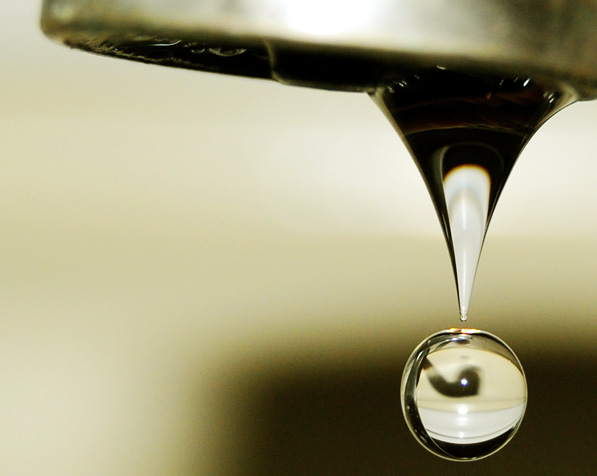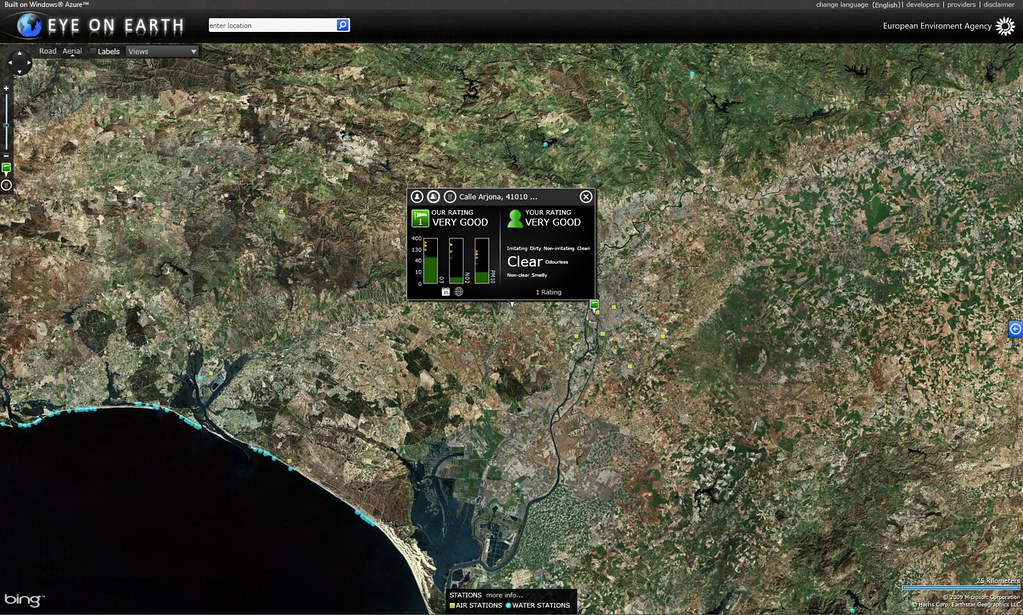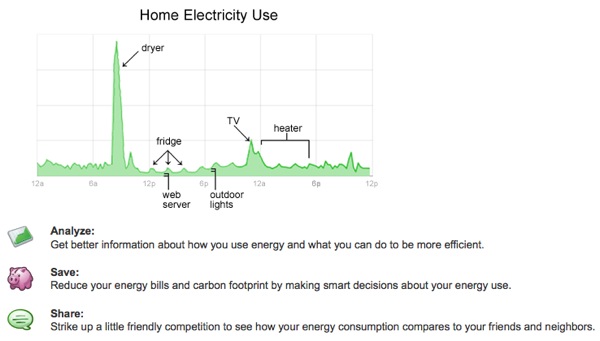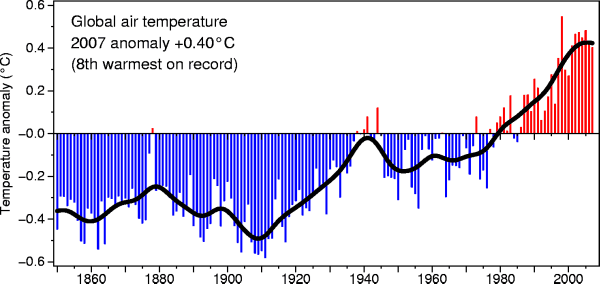We had a great Energy and Sustainability show yesterday. In case you missed it, here is the recording and the chatstream is below:
Tom Raftery :
Ok, kicking off the show this Mon 8th March in 1 minute
And we’re live – hope you can all see and hear me
Mon, 8 Mar, 16:32
paul savage :
good afternoon Tom[sound is good]
Mon, 8 Mar, 16:33
Tom Raftery :
http://blogs.msdn.com/see/archive/2010/03/02/microsoft-s-position-on-the-u-s-chamber-of-commerce-climate-related-activities.aspx
http://news.bbc.co.uk/2/hi/science/nature/8550504.stm
http://www.guardian.co.uk/business/2010/mar/07/edf-nuclear-reactor-chernobyl-risk
http://www.sciencedaily.com/releases/2010/03/100304142240.htm
http://www.realclimate.org/index.php/archives/2010/03/arctic-methane-on-the-move/
http://www.foxnews.com/politics/2010/03/04/states-sue-epa-global-warming-ruling/
http://www.ceres.org/Page.aspx?pid=1221
http://www.climatebiz.com/news/2010/03/04/tesco-nestle-uk-packaging-cuts
http://greenopolis.com/goblog/joe-laur/team-shambhala-nike-s-journey-wasted-reputation-corporate-responsibility-icon
http://solveclimate.com/blog/20100304/veterans-launch-powerful-clean-energy-ad-tying-foreign-oil-troop-deaths
http://greeninc.blogs.nytimes.com/2010/03/05/setting-wind-power-records-in-texas/
http://greenmonk.net/spain-gets-53-of-its-energy-from-wind/
Mon, 8 Mar, 16:52
Ian B :
Perhaps TX should expend less suing EPA?
Mon, 8 Mar, 16:53
Tom Raftery :
http://cleantech.com/news/5661/paper-battery-co-hints-about-tech
http://news.stanford.edu/news/2009/december7/nanotubes-ink-paper-120709.html
http://www.ecofriend.org/entry/mit-researchers-produce-electricity-from-carbon-nanotubes/
http://www.greenfudge.org/2010/03/07/australian-police-search-sea-shepherd-vessels/
http://environment.change.org/blog/view/head_of_the_epa_speaks_to_changeorg_lets_change_the_face_of_environmentalism
http://www.thesun.co.uk/sol/homepage/showbiz/film/2880779/Oscars-week-The-real-life-story-like-that-in-Avatar.html
http://www.hp.com/hpinfo/newsroom/press/2010/100302a.html?mtxs=rss-corp-gcnews
http://www-03.ibm.com/press/us/en/pressrelease/29595.wss
http://greatindiansale.blogspot.com/2010/03/google-guerillas.html
Mon, 8 Mar, 17:00
paul savage :
don’t forget your call…
Mon, 8 Mar, 17:01
mikethebee :
Thx Tom, good one as usual.
Mon, 8 Mar, 17:02
Ian B :
Thanks Tom
Mon, 8 Mar, 17:02
paul savage :
All the best Tom.
Mon, 8 Mar, 17:02
Tom Raftery :
Thanks everyone
Mon, 8 Mar, 17:04
Ian B :
BTW – couldn’t get chat working in IE8 – must have objected to your MS story!








